If you’ve decided to plant cabbage (Brassica oleracea var. capitata) in your garden this season, one of the first decisions you’re going to need to make is which variety to choose.
Do you want the sweet and mild flavor of crinkly Savoy or tight, white leaves for coleslaw and stir-fries? How about a bold-flavored red to add a splash of color?
You can grow cabbage in US Hardiness Zones 1 to 10, but it’s all about choosing the right type for your growing zone.
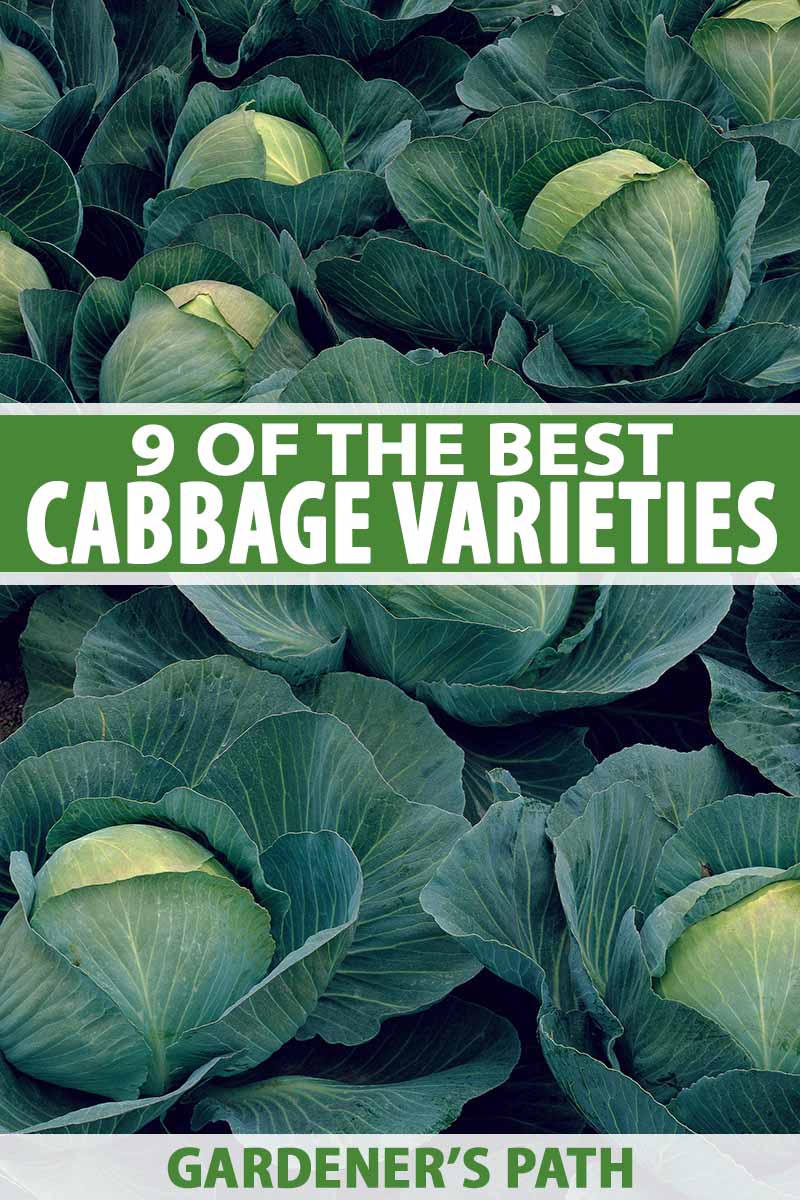
We link to vendors to help you find relevant products. If you buy from one of our links, we may earn a commission.
Diverse and delicious, from small-headed early maturing types to large, late season winter varieties there’s a cabbage variety out there to suit each gardener. Let’s learn a bit more about the different types of cabbage and our favorites for growing in the garden.
What You’ll Learn
Cabbage Basics
Cabbage is a cruciferous vegetable in the Brassicacae family that includes other popular cole crops such as cauliflower, broccoli, kale, and collard greens.
These cool weather crops form tight heads with either smooth, flat leaves or wrinkled, less tightly packed leaves in the case of Savoy varieties.
The varieties we are concentrating on here are different from – but related to – the Asian cabbage cultivars of the Brassica rapa species which include napa cabbage and bok choy. They are best grown for a spring or fall harvest, and provide a tasty, nutritious addition to your kitchen.
You can learn more about how to grow cabbage here.
Our Top Picks
Whether you’re looking for green, red, or savoy cabbage, there are several heirloom and hybrid varieties, with some providing visual interest to your garden as well as being culinary staples in your kitchen.
1. Brunswick
If you’re looking for a cabbage that will store long into the winter, ‘Brunswick’ is a popular choice.
This German heirloom forms large solid “drum” heads weighing six to nine pounds, and 10 inches in diameter.
It is especially cold hardy, making it a versatile choice for northern growers. You can grow ‘Brunswick’ in the spring and fall, and it is ready to harvest in 85 to 95 days. For best yields, space plants 18 inches apart in full sun.
You can find ‘Brunswick’ seeds at Burpee as well as Eden Brothers.
2. Charleston Wakefield
This open pollinated heirloom variety dates back all the way to 1892.
It is heat tolerant and grows compact, dark green, conical heads that weigh four to six pounds.
Grown easily in most of the US, it matures in 70 to 80 days. In order to allow the heads to size up, space plants 18 to 24 inches apart in full sun.
You can find ‘Charleston Wakefield’ seeds at Burpee and at Eden Brothers.
3. Earliana
‘Earliana,’ as its name suggests, is one of the earliest maturing cabbage varieties.
Ready to harvest in just 60 days, this one is worth considering if you’re a little behind on your planting schedule.
When mature, ‘Earliana’ weighs in at around two pounds with a compact head that’s four to five inches in diameter.
For best results, plant in full sun and space the plants 18 inches apart.
Packets of 500 ‘Earliana’ seeds are available at Burpee.
4. Golden Acre
‘Golden Acre’ is an heirloom variety that thrives in Zones 3 to 12. It produces reliable harvests of sweet, five- to 7-inch green heads on compact plants.
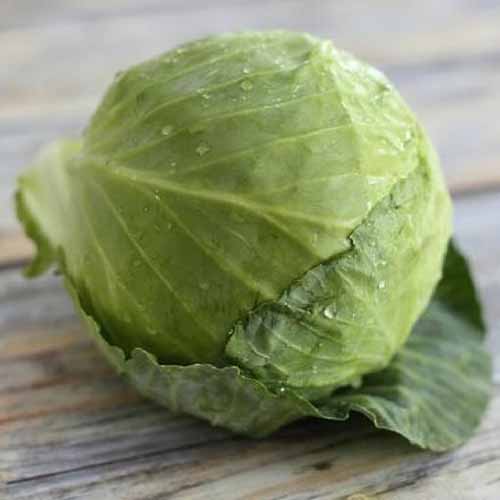
It does best in full to partial sun, and in soil that has been amended with organic matter such as compost.
A hardy crop, ‘Golden Acre’ is resistant to yellowing diseases. It doesn’t spread as much as some varieties, so seeds can be planted 15 inches apart.
You can find ‘Golden Acre’ seeds in packets of various sizes at Eden Brothers and from True Leaf Market.
5. January King
One of the hardiest of winter cabbages, ‘January King’ is an heirloom variety that makes an impressive statement in the garden with its large green and purple semi-savoyed leaves.
Sweet, delicate, and tender for culinary use, you can harvest three- to five-pound heads after 150 to 200 days.
This cold hardy variety is ideal for a winter vegetable garden and stores very well. Plant in full sun, 18 to 24 inches apart so it has space to expand.

With its stunning looks, ‘January King’ can rival many ornamental plants for visual impact in the garden.
Find packets of seeds available via Amazon.
6. Late Flat Dutch
If you are of the opinion that bigger is always better, then the heirloom ‘Late Flat Dutch’ makes an impressive late-season choice.
This variety produces large heads that weigh 10 to 15 pounds with pale green leaves.
Due to its large size, this variety takes a little longer to mature. Expect to give it 100 days before it is ready for harvest. Since it is so large, space plants two feet apart.
Growers in Zones 1 to 10 can try their hand at growing this massive cabbage.
You can find ‘Late Flat Dutch’ seeds in packets of various sizes at Eden Brothers and from True Leaf Market.
7. Mammoth Red Rock
This red heirloom variety dates back to 1889. Its bright purple heads grow up to eight to 10 inches in diameter and weigh up to eight pounds.
‘Mammoth Red Rock’ should be planted in full sun and spaced 18 to 24 inches apart.
Expect to begin harvesting after 90 to 100 days.
‘Mammoth Red Rock’ seeds are available at True Leaf Market.
8. Red Acre
With bright purple-red leaves, ‘Red Acre’ is sure to make a beautiful addition to both your garden and your plate.
Growers in Zones 3 to 9 can plant this open-pollinated heirloom. If provided with full sun, adequate drainage, and sufficient water, heads weighing up to four pounds will be ready to harvest in 75 to 100 days.
I personally love to enjoy its sweet flavor raw in salads and slaws.
‘Red Acre’ seeds in packets of various sizes are available at True Leaf Market and from Eden Brothers.
9. Savoy Perfection
This variety of Savoy cabbage produces heads with crinkled, green leaves. It provides an excellent contrast to other varieties’ smooth leaves.
Gardeners can grow ‘Savoy Perfection’ in Zones 3 to 12. Plant in full sun, spaced 18 inches apart for best results. Heads of four to six inches in diameter will be ready to harvest after 90 days.
You can find ‘Savoy Perfection’ seeds in packets of various sizes at True Leaf Market.
A Kitchen Staple
Now that you’re familiar with nine of my favorite cabbage varieties, it’s time to choose yours. Once you receive your seeds, make sure to read the seed packet for detailed growing information.
Have you tried growing cabbage? Do you have a favorite variety? Let us know in the comments section below.
And check out the following articles to learn more about growing this crop:
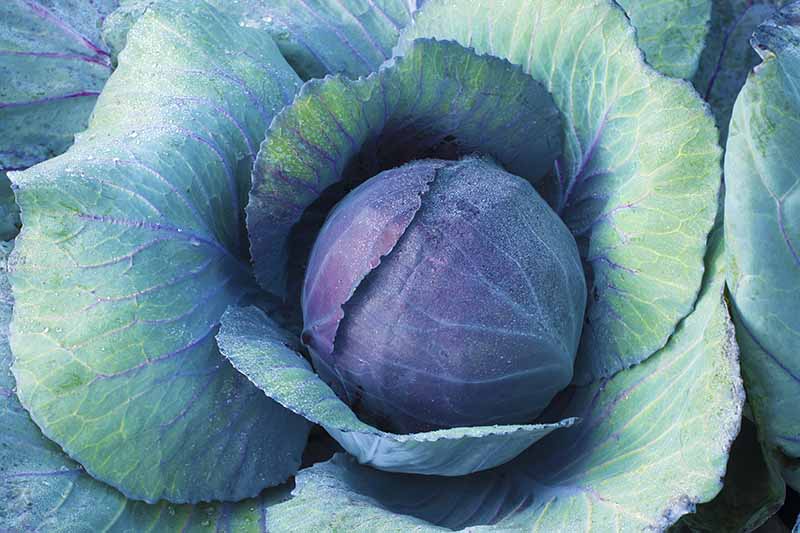

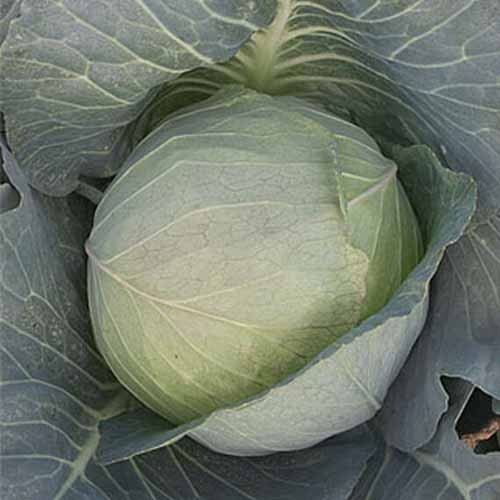


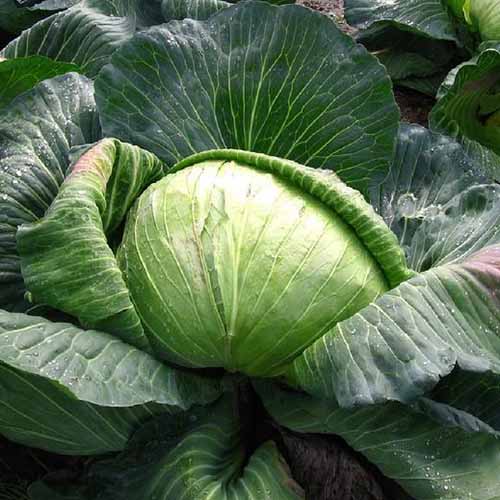
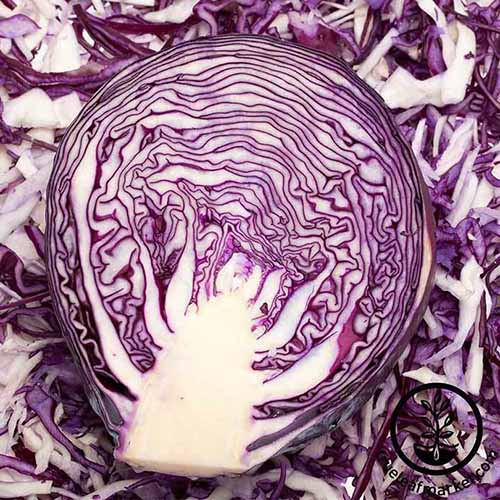

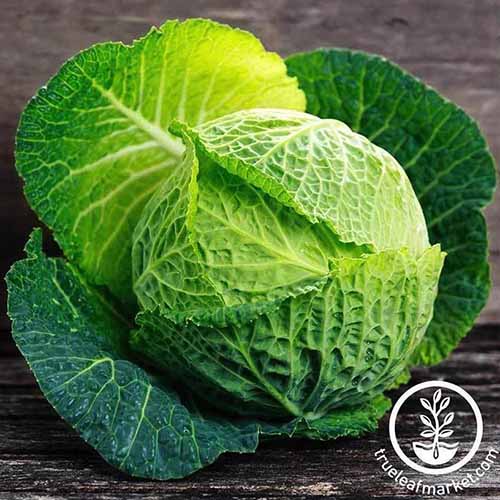

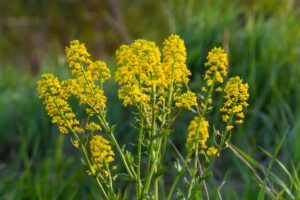
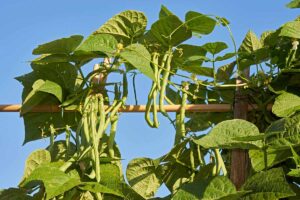
Hello from Tampa, Just prior to the pandemic we were visiting Napa Valley for a couple of weeks. While there we had some of the most amazing cabbage. I believed that it was called Napa Cabbage. Now, however, when I look it up the images I see are not what we had. The heads were small for what I know of cabbage and looser than those hefty ones that we normally see. The taste was nice, sweet maybe… any thoughts on what it could actually be? Thanks for your help and time…
Mark, that is a tantalizing question. This first photo I attached below comes from Wikimedia and shows what I usually think of as Napa cabbage. But if that’s not what you’re after, I’m wondering if maybe you enjoyed the crinkle-leaved Savoy that is pictured above in Briana’s article? This photo from Pixabay shows the crinkly inside of the Savoy, which is definitely sweet and not compact like your typical head of cabbage. My third possibility is not a cabbage at all, but a gem lettuce? They’re often grilled or shredded like Chinese cabbage varieties, so it could be your mystery… Read more »
Hi there, can you elaborate more about Kiboko F1,and give its characteristics. Please answer me I need some seedlings for this. Thank you.
Thank you for this great information! I really appreciate that you list where purchases can be made. I have been looking for giant sized head cabbage. I plant a good number of regular types of cabbage in late summer and harvest in Dec/Jan. I live in CA and want to extend the season by planting in late fall with a giant variety that can be planted in a different area so a few only need to be grown and will not interfere with spring planted crops. Thanks to you, I plan on growing Flat Dutch and Mammoth Rock.
Those are great choices, Sharon!